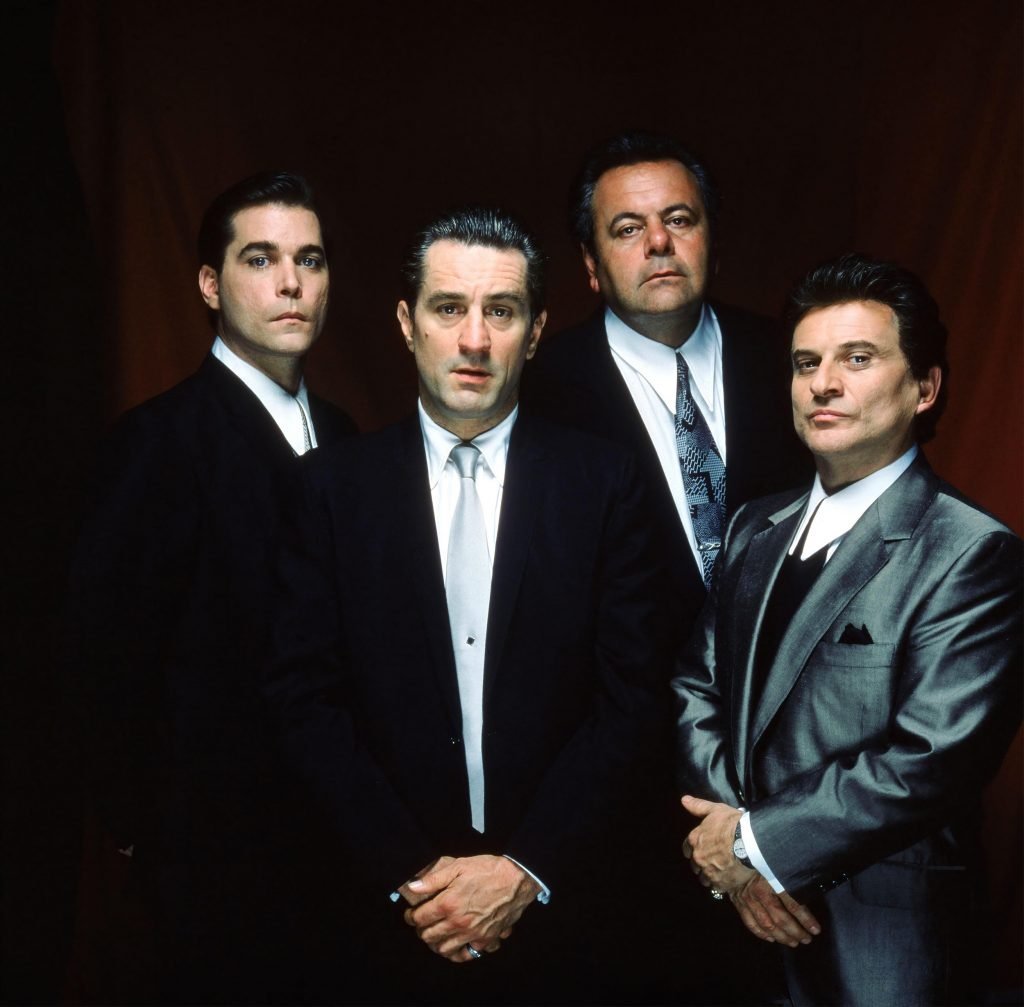Pop Culture
As Seen on ‘Goodfellas’: A Wise Guy’s Amateur Art Criticism
The beloved scene at Tommy’s mother’s house features a painting based on a photo from "National Geographic."

The beloved scene at Tommy’s mother’s house features a painting based on a photo from "National Geographic."

Brian Boucher

As Seen On explores the paintings and sculptures that have made it to the big and small screens—from a Bond villain’s heisted canvas to the Sopranos’ taste for Renaissance artworks. More than just set decor, these visual works play pivotal roles in on-screen narratives, when not stealing the show.
One of the most beloved works of American cinema, Martin Scorsese’s film Goodfellas (1990) is inspired by the story of American mobster Henry Hill (Ray Liotta), an associate of the Lucchese crime family who turned FBI informant. The film depicts historic real-life events like the $420,000 Air France robbery in 1967 and the $875,000 Lufthansa heist in 1978.
Amid all the dramatic proceedings, a painting makes a brief appearance, and when it does, the audience gets the benefit of some amateur art criticism from two of the main characters.
In the midst of a central plot development, mobsters Hill, Tommy DeVito (Joe Pesci), and Jimmy Conway (Robert DeNiro) stop in at the home of Tommy’s mother (played by Scorsese’s mother Catherine) on their way to bury a body, as you do. The trio explain that they’ve hit a deer on the road, but Ma has other things on her mind.
“Did Tommy ever tell you about my painting?” she asks the group. She then trots out a small canvas showing a man in a small boat with his two dogs, who face in opposite directions.
What follows is a few lines of art appreciation that, for all its lack of sophistication, is totally riveting.
“That’s beautiful,” Jimmy says.
“I like this one,” Tommy says. “One dog goes one way, and the other dog goes the other way.”
“One’s going east, and the other is going west. So what?” responds his mother.
“And this guy’s saying, ‘What do you want from me?’” Tommy adds. “Guy’s got a nice head of white hair, look how beautiful with the dog.”
“Looks like somebody we know,” Jimmy says, referring to the body in the mafiosi’s trunk.
“It’s him!” Tommy says, as the group cracks up.
As much as the painting might seem like it was dreamed up by the filmmakers, it in fact was based on a photograph by Adam Woolfitt from the November 1978 issue of National Geographic, where it was featured in a feature on the River Shannon in Ireland.
It depicts John Weaving, an advocate for the preservation of the river, and his dogs Brocky and Twiggy, in the very same opposing positions as seen in Tommy’s mother’s painting, which was created for the silver screen by none other than Pileggi’s mother.
National Geographic Nov.'78-When a photo goes on to other fame; inspiration for the painting in "Goodfellas". Photo of John Weaving and pals pic.twitter.com/WTaVYkr6RQ
— Truman Capoeti (@TCapoeti) June 4, 2017
The scene combines humor and pathological cruelty, something the film is known for, and in a testament to the talents of the actors, features dialogue that is almost entirely improvised.
As fans of the movie know, things don’t end up well for Tommy, who is ultimately executed by the mob. Alas: thus endeth his brief career as an art critic. It’s a shame. We would have liked to hear his commentary on, say, DIS’s Berlin Biennale.